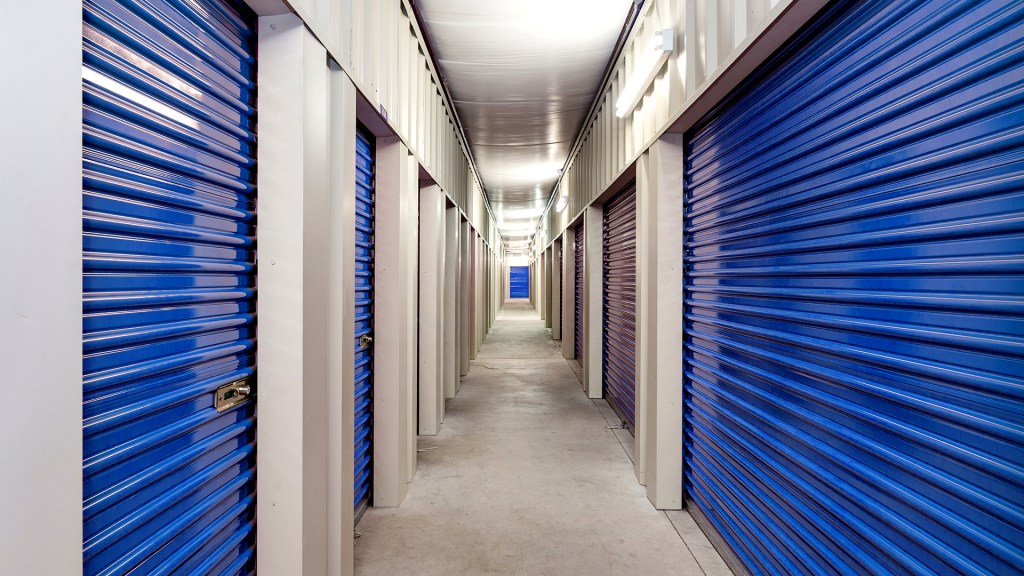By Anca Gagiuc on September 13, 2013 in Technology
Technology has known massive development in the last few decades. The newer technologies surpass the older ones when they’re created as their upgrades. The surround sound replaced stereo, the word processor superseded the ty pewriter, and high-definition television replaced standard-definition TV. But there is one technology that ejected another although it’s far worse than it: cellphone voice calls.
pewriter, and high-definition television replaced standard-definition TV. But there is one technology that ejected another although it’s far worse than it: cellphone voice calls.
A recent survey conducted by Pew Internet & American Life Prospect reflects that 72% of cell owners in America experienced dropped calls, and 32% face this problem a few times a week or more. Much to everyone’s displease, failed calls, incomprehensible speech and poor voice quality exist and are a major problem for a large number of people; this problem won’t disappear anytime soon, despite the efforts of the carriers.
Convenience and ability trumped quality, the mobile phone and especially the smartphone replaced the traditional landlines, changing the nature of communication altogether. With every American that drops the landline for a cellphone, the importance of strong connection at home grows exponentially. The quality of a call that started on the street decreases significantly when entering the house, barely adequate signals turn worse when they have concrete, metal, and multiple walls to penetrate.
Two main factors cause the poor signal: the distance from the closest cell tower and the obstructions that cause interference. Cell coverage comes from strategically placed cell towers provided by the carriers. Whenever within the network, the mobile device automatically connects with the closest one and as you move it jumps to the next closest tower. As you further from the nearest tower and get close to the edge of your carrier’s coverage area you’ll experience degraded signal; when you’re too far to maintain a consistent connection, your call will drop. Furthermore, every object standing between you and the tower causes a certain degree of interference; hills, mountains, trees can cause major issues, as can building materials like metal, concrete, wire mesh, and energy efficient products such as window tinting and radiant barriers. Any of these can cause dropped calls, the combination guarantees serious problems.
However, the situation is not as gloomy as it sounds. There are ways to improve the signal and the quality of voice calls.
Signal Booster
Also known as cellphone repeaters, these devices were built to address the two factors described above that cause poor cell reception. The matter has been researched for several years, and only earlier this year the FCC approved their usage. Their purpose is to amplify the weak signal and bypass any obstructions, providing a stronger inside signal to the areas with problems. Setting them up is quite easy: an antenna is mounted outside to capture the cell’s signal. This antenna is connected to a powered signal booster in the home through a coaxial cable (cable TV); through the same type of cable, it connects to an indoor antenna that’s about the size and shape of a book. The system is designed to work in revers as well, ensuring a strong two-way communication. Prices for these devices range from around $250 for models meant for one room, to $350 for one powerful enough to amplify the signal for the entire house.
Personal Cell Tower
Carriers are well aware of the current situation and understand that a customer who doesn’t receive decent signal indoor can become a former client. In consequence they offer devices or the technology that enables access to the standard network through the broadband connection at home. But because people don’t know about the existence of such devices, they don’t ask.
Three of the carriers offer a device that is essentially a personal cell tower. It resembles a Wi-Fi router with a simple setup: just plug it into your router. It will access the cellular network and send a signal into your home, adding signal bars to your mobile device. The downside of these devices is that each carrier’s device works only for its subscribers. AT&T has 3G MicroCell, Sprint has Airave Access Point, and Verizon offers the Network Extender. T-Mobile offers the Wi-Fi Calling – a technology that allows clients to make calls through an available Wi-Fi network, and it works with Android, BlackBerry and Windows 8 OSs, but won’t work with the iPhone. Prices for these devices go up to $250 and can be purchased directly from the carrier.
Quality of Sound
Aside the signal issues, there is also the problem with the limited frequency range used by cellphones that makes the calls sound worse than any landline call. In response to it, a new technology called HD Voice works towards reducing the background noise and improve voice fidelity. Of course, this requires a phone that’s HD Voice-compatible (the iPhone is HD Voice-compatible on some networks) to be used on both ends on the same network, and the network has to offer HD Voice technology in both locations. Still, some carriers offer HD Voice only on LTE networks which for those operating only in 3G band won’t get the improved voice. This technology is still at its beginning and it will start to really count only when the carrier limitations will disappear, no sooner than 2015 per Doug Mohney, the editor in chief at HD Voice News website.
The simplest solution is to forward all your calls to the landline number, this if you still have one. And if your interlocutor also still has a landline, the quality will be excellent. On the iPhone, go to settings/phone/call forwarding. On Android phones, you’ll find the feature at settings/my device/call/additional settings/call forwarding.


